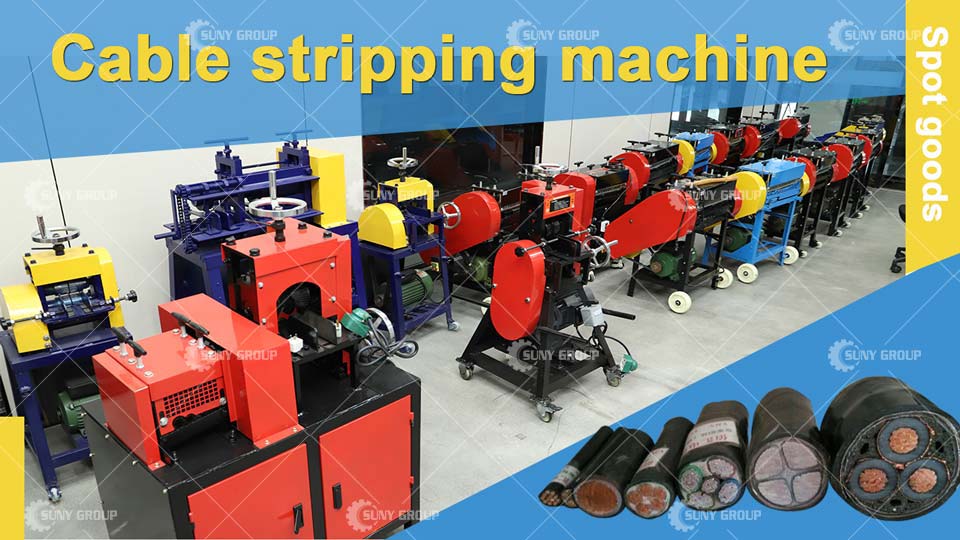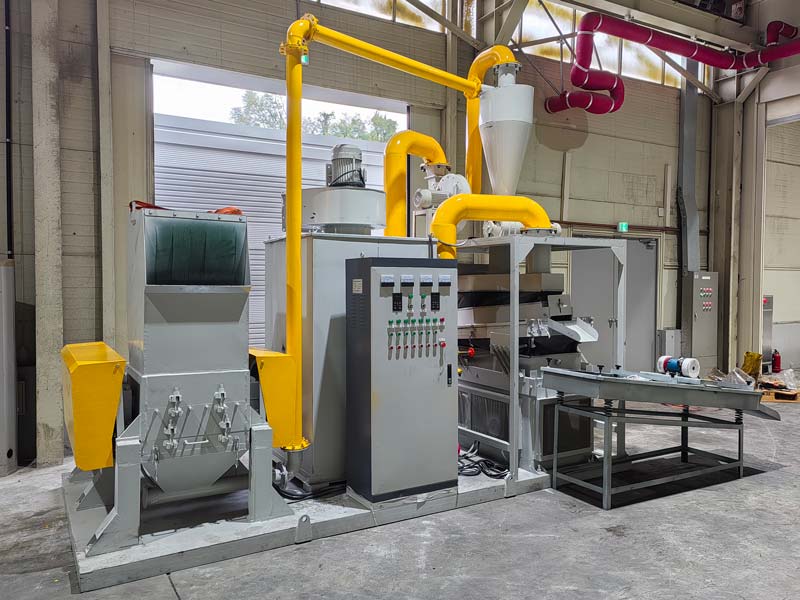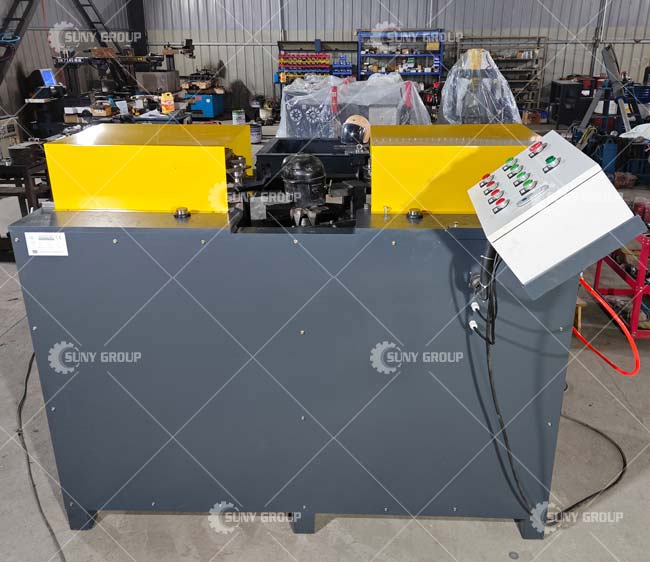- cost of hydraulic briquetting machine for waste recycling
- Energy-Efficient Balers
- high pressure briquette press for copper slag
- metal powder briquetting machine for smelting furnaces
- briquette machine with automatic feeding system
- industrial hydraulic briquetting press for steel swarf
- Double Shaft Shredder: Structure, Materials, Working Process, and Output
- compact briquette press for aluminum scrap workshop
e waste recycling machines
Electronic waste (E-waste) mainly comes from discarded computers, mobile phones, televisions, refrigerators and other electronic products. With the rapid development of science and technology, the life cycle of electronic products is constantly shortening. The global annual electronic waste has exceeded 50 million tons, of which China alone contributes nearly 10 million tons. If these discarded electronic products are not handled properly, they will become a serious environmental hazard.
Hazards of electronic waste
Electronic waste contains toxic substances such as lead, mercury, cadmium, and brominated flame retardants. If they are discarded or incinerated at will, they will pollute the soil, water sources and air. For example, the heavy metals in a used mobile phone battery can pollute 60,000 liters of water, which is equivalent to the amount of water a person drinks in his lifetime. In addition, the accumulation of electronic waste will also occupy a large amount of land resources, increasing the burden on landfills.

Composition and workflow of electronic waste recycling equipment
Modern electronic waste recycling equipment usually includes crushers, sorters, magnetic separators, electrostatic separators and smelting systems. Its workflow can be divided into the following steps:
Manual pre-disassembly: remove dangerous components such as batteries and capacitors.
Mechanical crushing: crush waste into fine particles.
Automatic sorting: use magnetic separation, eddy current, optical sorting and other technologies to separate metals, plastics and glass.
Chemical/smelting purification: extract precious metals such as gold, silver and copper.
For example, 1 ton of waste circuit boards can recycle 200 grams of gold and 100 kilograms of copper, which is much higher than the benefits of ore mining.
Economic and environmental benefits of electronic waste recycling
Professional electronic waste recycling can not only reduce pollution, but also create considerable economic value. According to statistics, the value of precious metals in electronic waste worldwide is as high as 62 billion US dollars. In addition, recycling 1 ton of aluminum saves 95% energy compared to mining new aluminum and reduces 9 tons of CO₂ emissions. Many countries have established electronic waste recycling systems, such as the EU’s WEEE Directive, which requires companies to assume recycling responsibilities and promote the development of a circular economy.
Electronic waste recycling equipment not only solves the problem of environmental pollution, but also transforms “garbage” into resources, becoming an important driving force for sustainable development. In the future, with the advancement of technology, the electronic waste recycling industry will usher in a broader development prospect.




INQUIRY